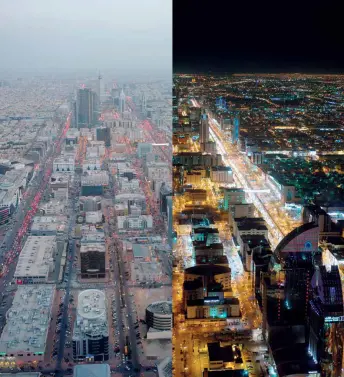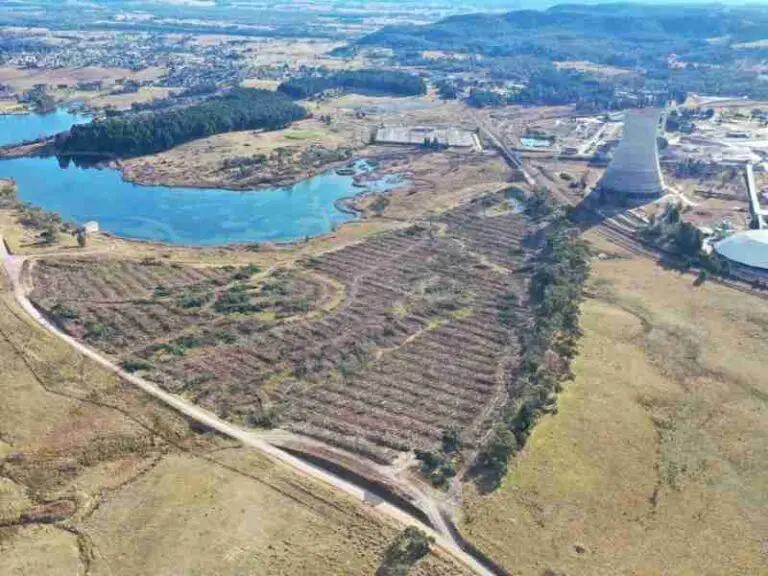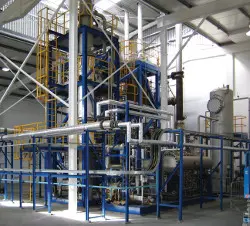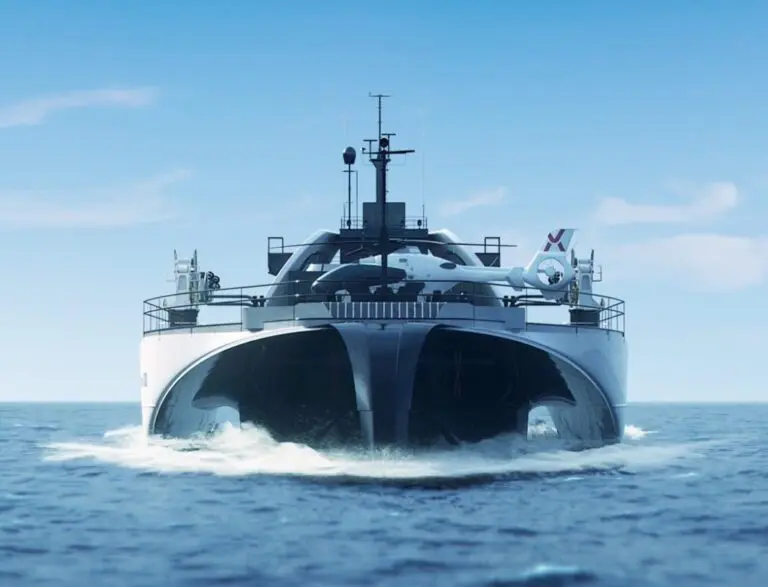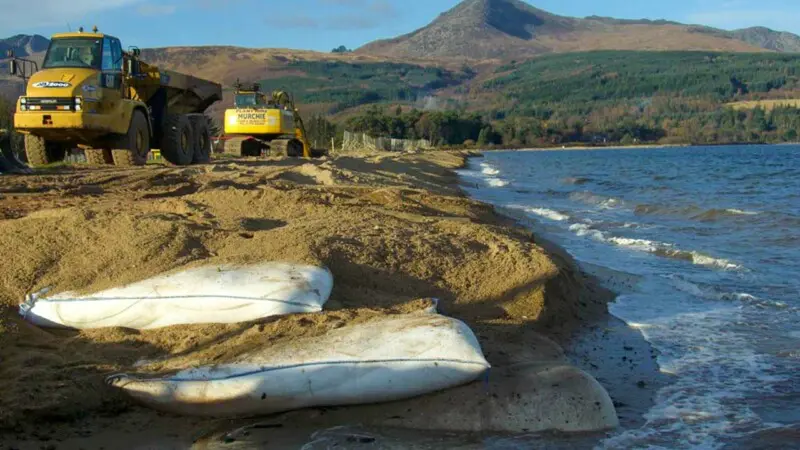
Beach protection with geosynthetic sand container solution
Beach wear makeover
Coastal erosion of a picturesque shoreline on the Isle of Arran in the Firth of Clyde, on the west coast of Scotland, has been overcome with the help of products from NAUE Geosynthetics.
Brodick is situated on the eastern coast of the island and features a shore comprising a fairly narrow band of mixed grass, sand, rock and shingle looking out over the bay. The coastline suffers significant erosion from constant wave attack, affecting some 250m of beach. The local residents were concerned about what would be done to remedy the problems created by the erosion of the beach.
As the erosion resulted in the unearthing of a restored landfill site, the potential for debris on the beach brought added safety and aesthetic concerns. The area adjacent to the shore was once used as a landfill site which was closed at some time in the 1940s or 50s. The landfill was restored with topsoil and marram grass to create a natural amenity for the local residents and tourists, and to blend with the local environment. However, the constant work of nature exposed the landfill causing debris to spill onto the beach which demanded quick and effective remedial action. A rectification project was undertaken by North Ayrshire Council’s Infrastructure and Design Service, which included the selection of two geosynthetic product lines being selected for the project – Secutex® Soft Rock sand containers and Secutex® H geotextile (formerly known as Terrafix®), which is designed for filtration, erosion control and scour protection.
Armoured rock solutions were investigated for this project, but the cost was considered to be too high and concerns were raised over the aesthetics of the finished work. Armoured rock would always have been in view, while the sand bag method creates a natural looking, unobtrusive finish. Sourcing the armoured rock may also have been difficult and would have resulted in costs escalating with transportation – probably from mainland Scotland.
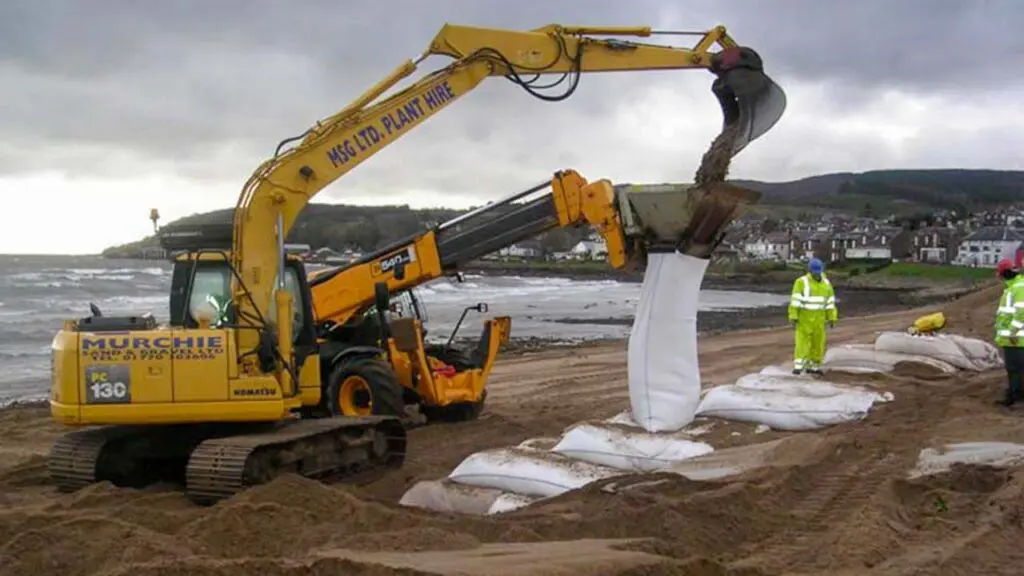
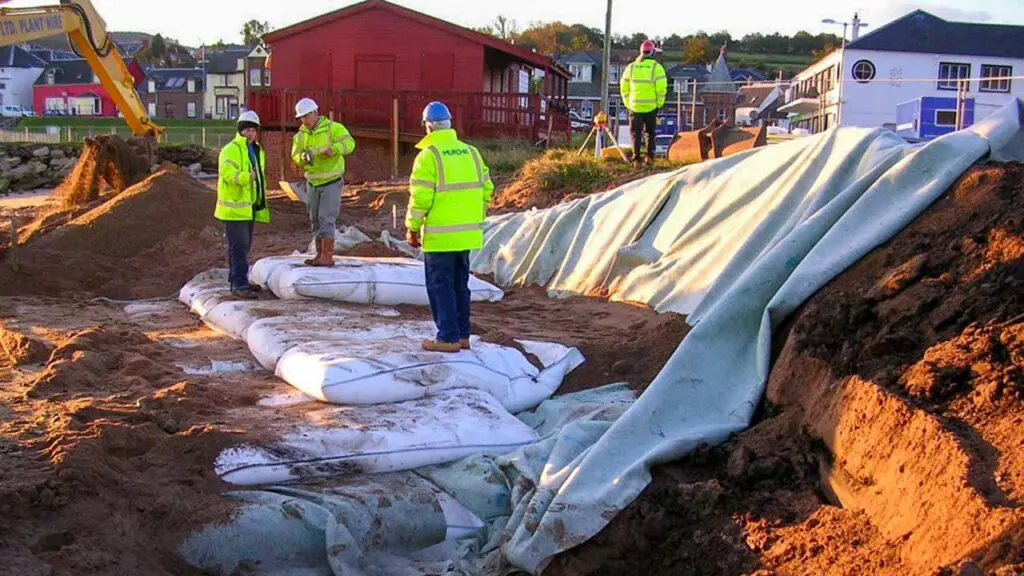
Secutex® Soft Rock sand containers keep delivery costs to a minimum
Sand containers from NAUE arrive on site unfilled, keeping delivery costs to a minimum. They were filled on site with sand sourced locally, so there were no issues with transportation or with waste. This method was also a help to the island’s economy, as local contractor Murchie Sand and Gravel Ltd were able to carry out the work. From the contractor’s point of view, it was a quick `learning curve’, so the work was carried out rapidly and the need for specialist labour was eliminated. The Secutex® Soft Rock sand containers used on the project are made from a white polypropylene – single-layered, mechanically bonded nonwoven geotextile sewn with a special seam to form a seal.
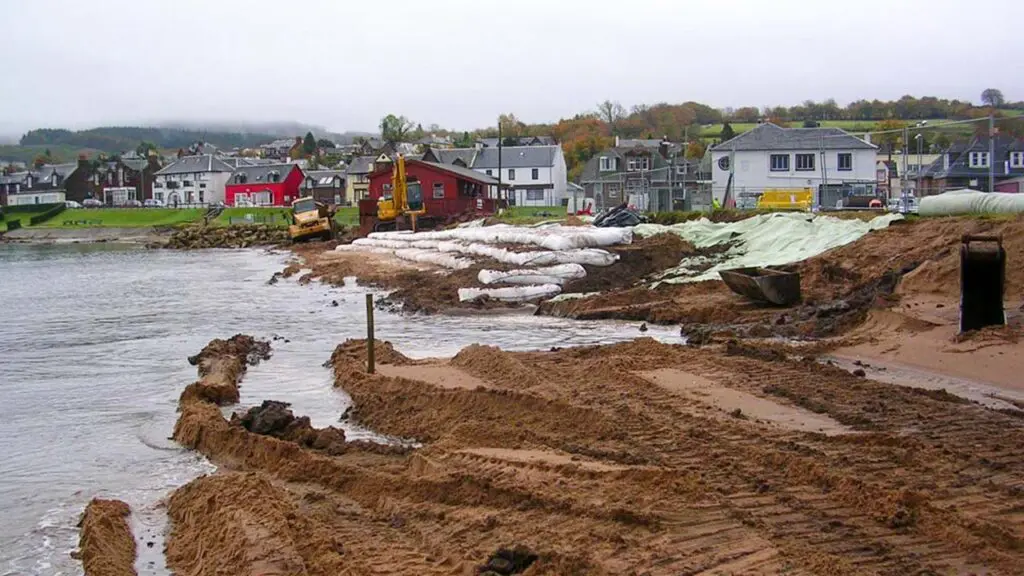
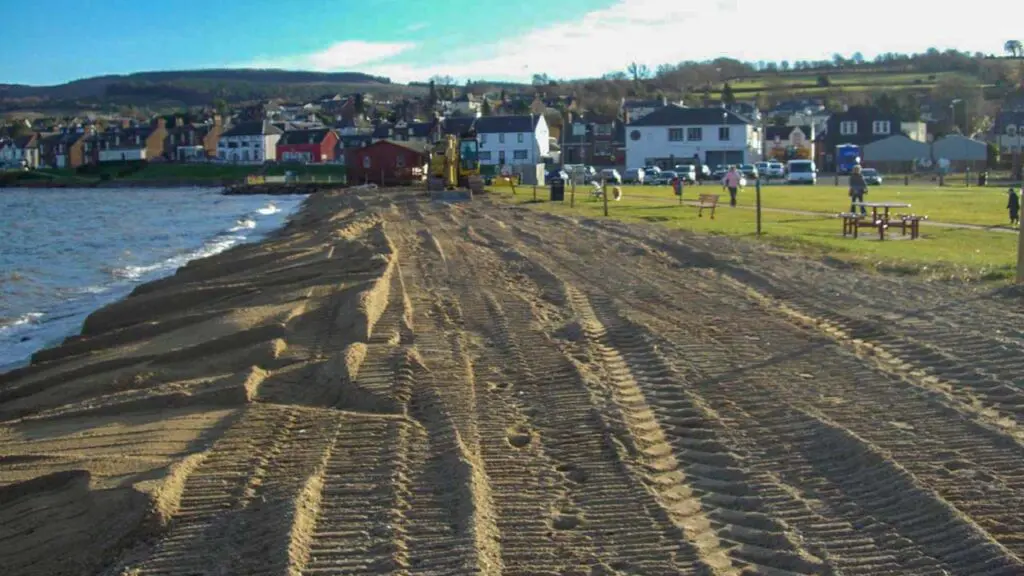
The sand containers have a floor area of about 3.5m2 and each container is able to carry a mass of up to 2 tonnes. When sealed, the sand containers measure about 300mm thick and resemble the shape of a pillow. The material was excavated to show the front row of sand containers to be placed to a depth of about 1m below the surface of the beach. NAUE Secutex® H was installed as a filter/separator between the sand containers and the loose material to ensure material stayed in place to provide the protection from the coastal erosion.
Secutex® H works by trapping sand between the pore spaces, replicating the buffeting effects of sand without the sand being removed. The excavated material was then backfilled into a buffer zone between the shoreline and the old landfill. Manufactured from synthetic fibres, Secutex® H is a staple fibre needle-punched nonwoven geotextile.
Thanks to a three-dimensional fibre structure, it is able to create labyrinth-like pore openings closely simulating the soil structure and its hydraulic properties. Secutex® H has high-water permeability, retains soil, and allows root growth so that bank protection structures will blend unobtrusively with the natural environment. Secutex® H boasts more than 30 years of successful non-woven geotextile applications in hydraulic engineering – proving the high technical standards and abilities of this product. Secutex® H stands out for its versatility, fitter stability, and resistance to abrasion.
This lightweight material (the mass is just 600g per m2) offers an impressive maximum tensile strength of at least 25kN/m in both machine and cross machine directions. Elongation at maximum tensile strength is about 70% in machine direction and 30% in cross machine direction – ensuring the sheet copes with the load without splitting, instead the material stretches. Once all the sand containers had been placed in position, they were covered with more sand – a planning requirement which met the concerns of the local residents about the appearance of the finished job. The work has created a new and definitive boundary between the marram grass and the beach, whilst providing a 4m corridor of new reclaimed beach. Most importantly, the work has overcome the problem of 70-year-old rubbish finding its way onto the coastline – something that would have spoilt the enjoyment of people strolling along the sands.
Those walking along the beach in Brodick now have a new, safe and durable coastline that they will be able to enjoy for decades to come.


